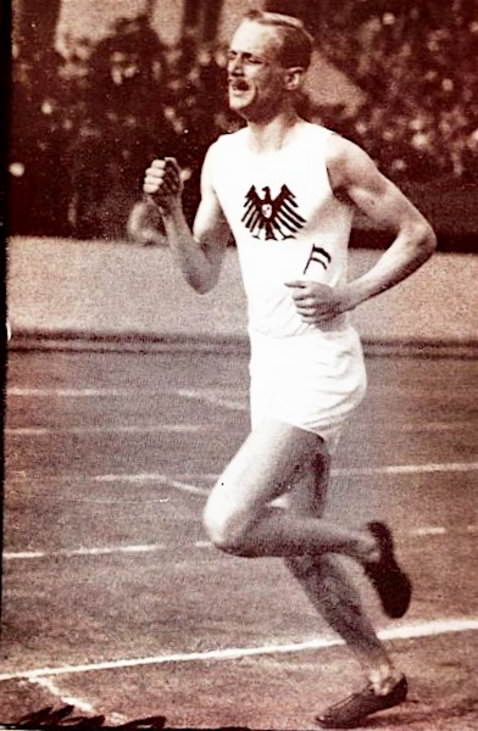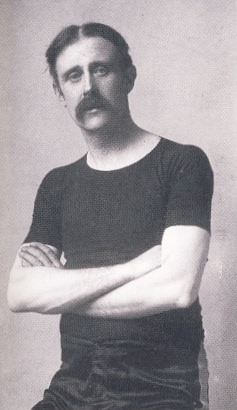
Peltzer v Lowe: Great Races #26 880 AAA British Championships, July 3, 1926 With the First World War only eight years in the past, it was quite a talking point when German 800 runner Otto Peltzer entered the 1926 British Championships. Germany had not been invited to compete in the Paris 1924 Olympics, but clearly the British authorities, two years later, were more forgiving. And there was added interest in the fact that Douglas Lowe, the 1924 Olympic champion for 800, would also be competing. Peltzer, as 1924 German champion over 800 and 1,500 would have competed in Paris had Germany been invited, so he clearly had something to prove. It was Britain against Germany again, but this time on the Stamford Bridge running track rather than on the battlefields of Europe.
Pirie v KutsOlympic 10,000, Melbourne, 1956Great Races # 11 This epic 1956 distance race featured a classic struggle between a front runner and a fast finisher. Although the race was an Olympic final, there were only two runners in contention almost from the gun. Vladimir Kuts and Gordon Pirie were so much better than the other competitors that their duel took place well ahead of the field, despite the erratic pace that evolved through tactics. It was the first distance race of the Games. Sandor Iharos of Hungary, a former WR holder and thus a favorite, didn’t make it to the start line—the obvious reason being the recent Soviet invasion of his country. His absence meant that there were two clear favorites: Vladimir Kuts (29) of the USSR, who had broken Iharos’s WR just a couple of months earlier with a 28:30.4 clocking, and Briton Gordon Pirie (25), who had a best 47 seconds slower than the WR of Kuts but had by far the better finish.
Snell v Tulloh v ThomasMile, Wanganui, New ZealandJanuary 27, 1962Great Races # 19 Early in 1962 a small coastal town in New Zealand hit the headlines across the world. Wanganui was the site of an unexpected Mile world record by Peter Snell, the current 800 Olympic champion. He had never run under 4:00. So although his well-publicized attempt at the first sub-four Mile in New Zealand looked feasible, anything close to Herb Elliott’s 3:54.5 WR was not expected. But the odds seemed stacked against even a four-minute Mile. Torrential rain was forecast for the area, which was crucial since the race was to be held on a grass track in Wanganui’s Cook’s Gardens. And then the track itself, although in good condition, was only 385 yards (352m) long. To make matters worse, a running friend of Snell’s had drowned that morning, and although this tragedy was kept from Snell, it did affect significantly the performance of Murray Halberg, one of the assigned pacemakers.

Walter George v. William Cummings One Mile, Lillie Bridge Stadium, August 23, 1886Great Races #1 These two professional runners knew each other well. They had raced each other in 1885 in a series of three races. Cummings had won the 4-mile and 10-mile races; George had won the Mile. This return match over One Mile in 1886 brought out a huge 20,000 crowd. Although Cummings had the faster time, 4:16.2 to 4:18.4, George was a slight favorite--even though his 4:10.2 time trial had not been divulged to the public. This amazing time had been recorded by his manager, an expert timekeeper, Sir John Astley. The time was confirmed by a clever journalist called Charlie Westall, who had witnessed George's run while hiding in a hedge. However, Westall didn’t publish the story.